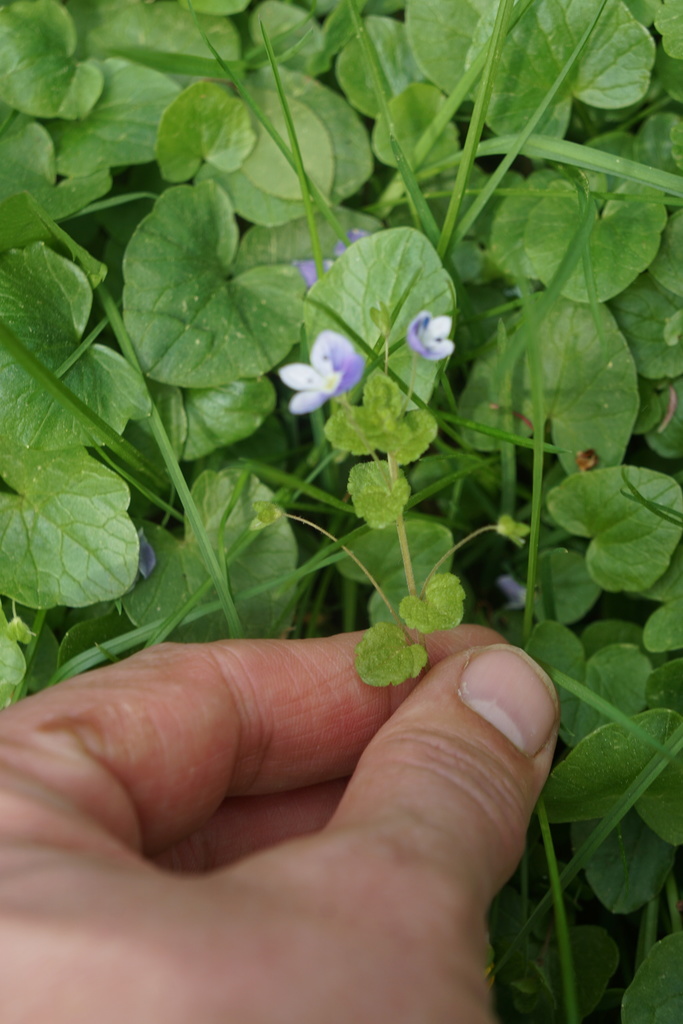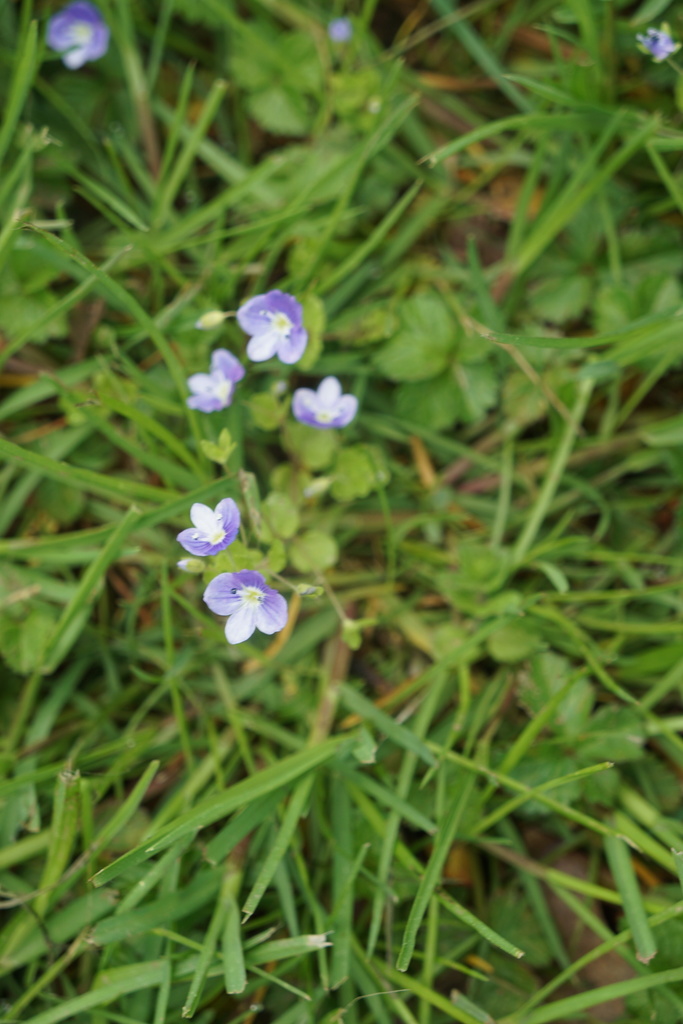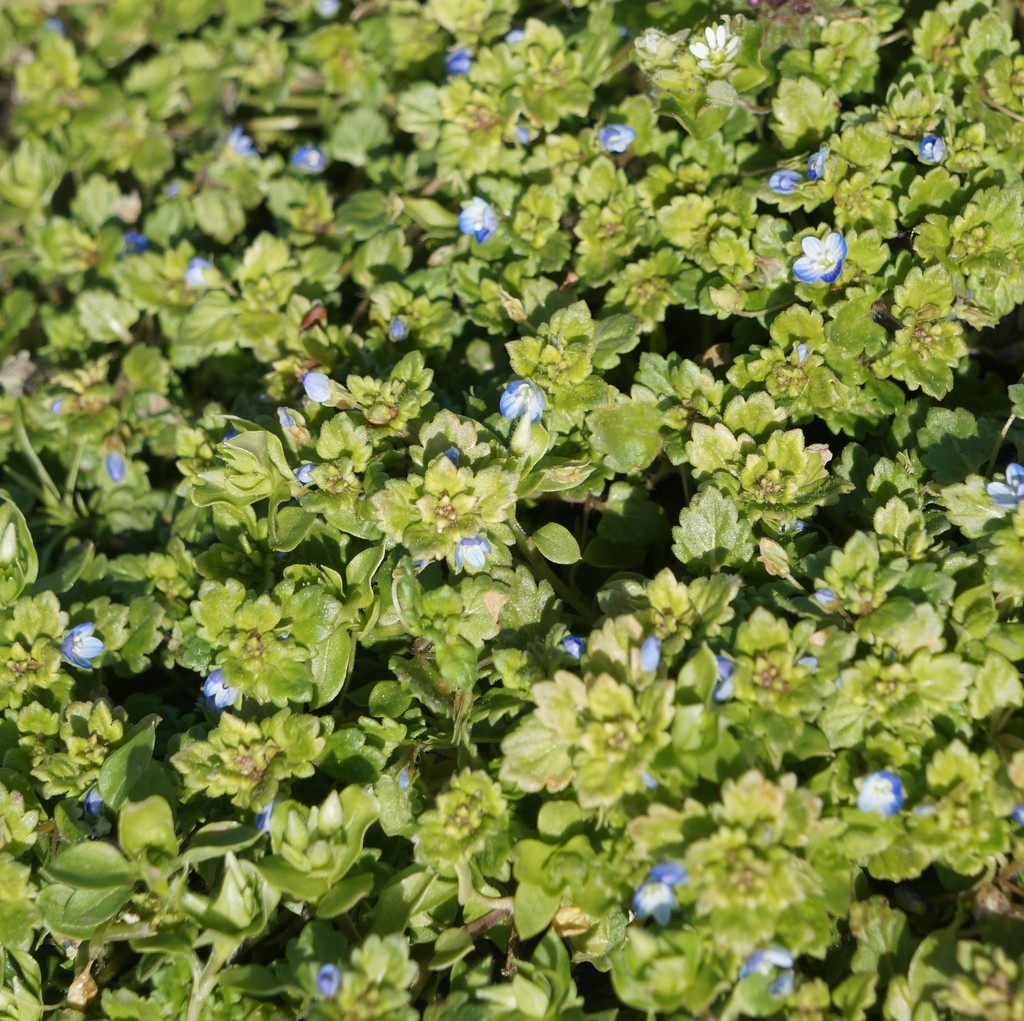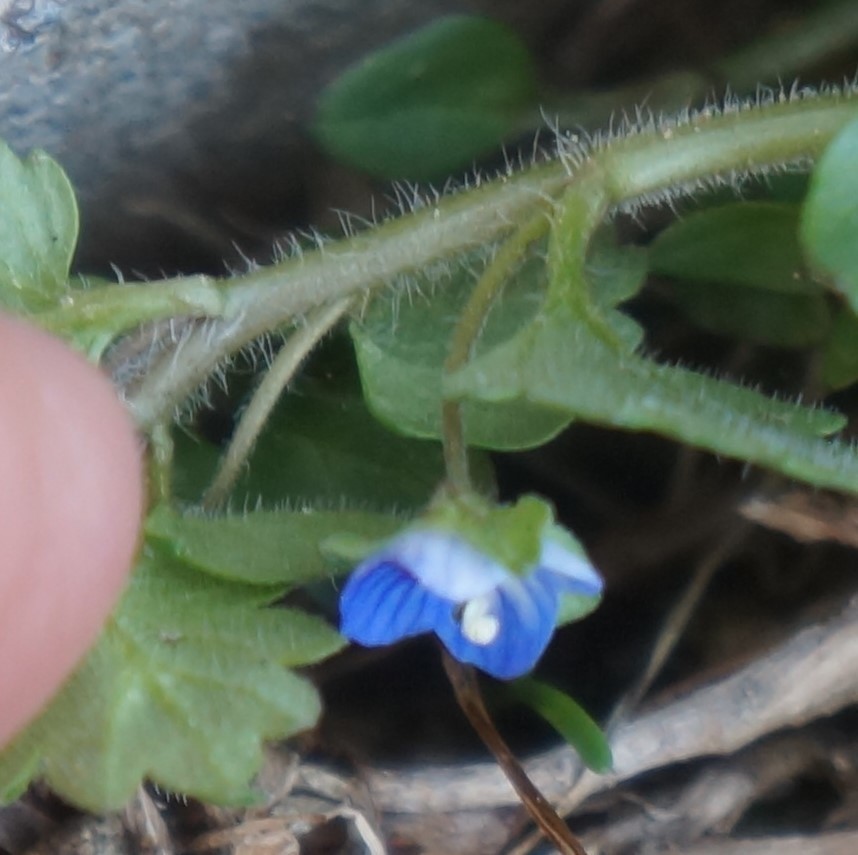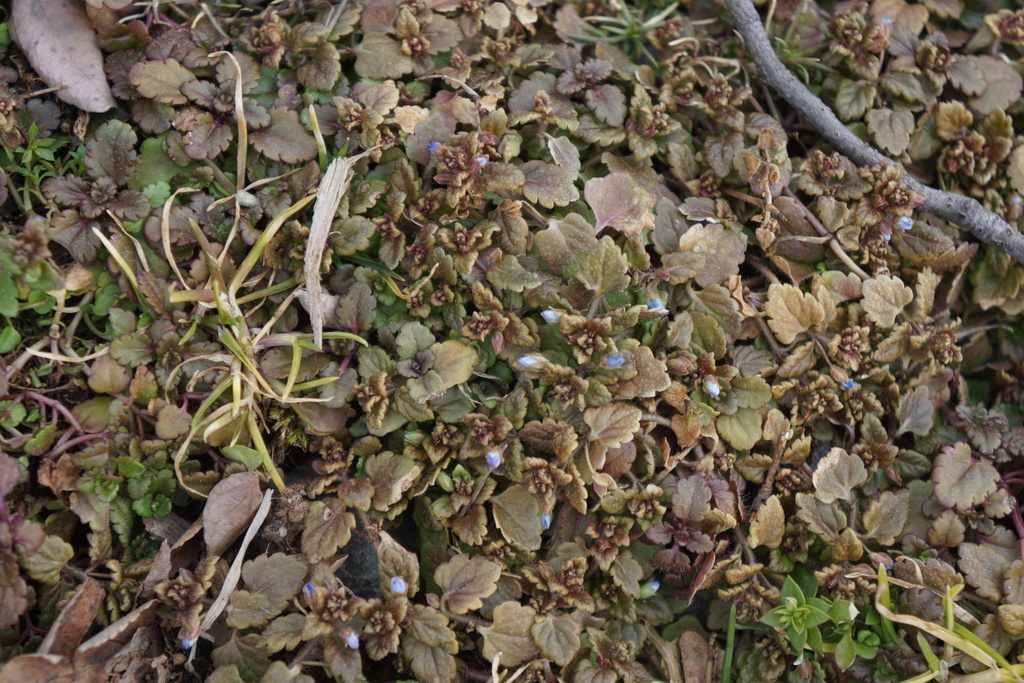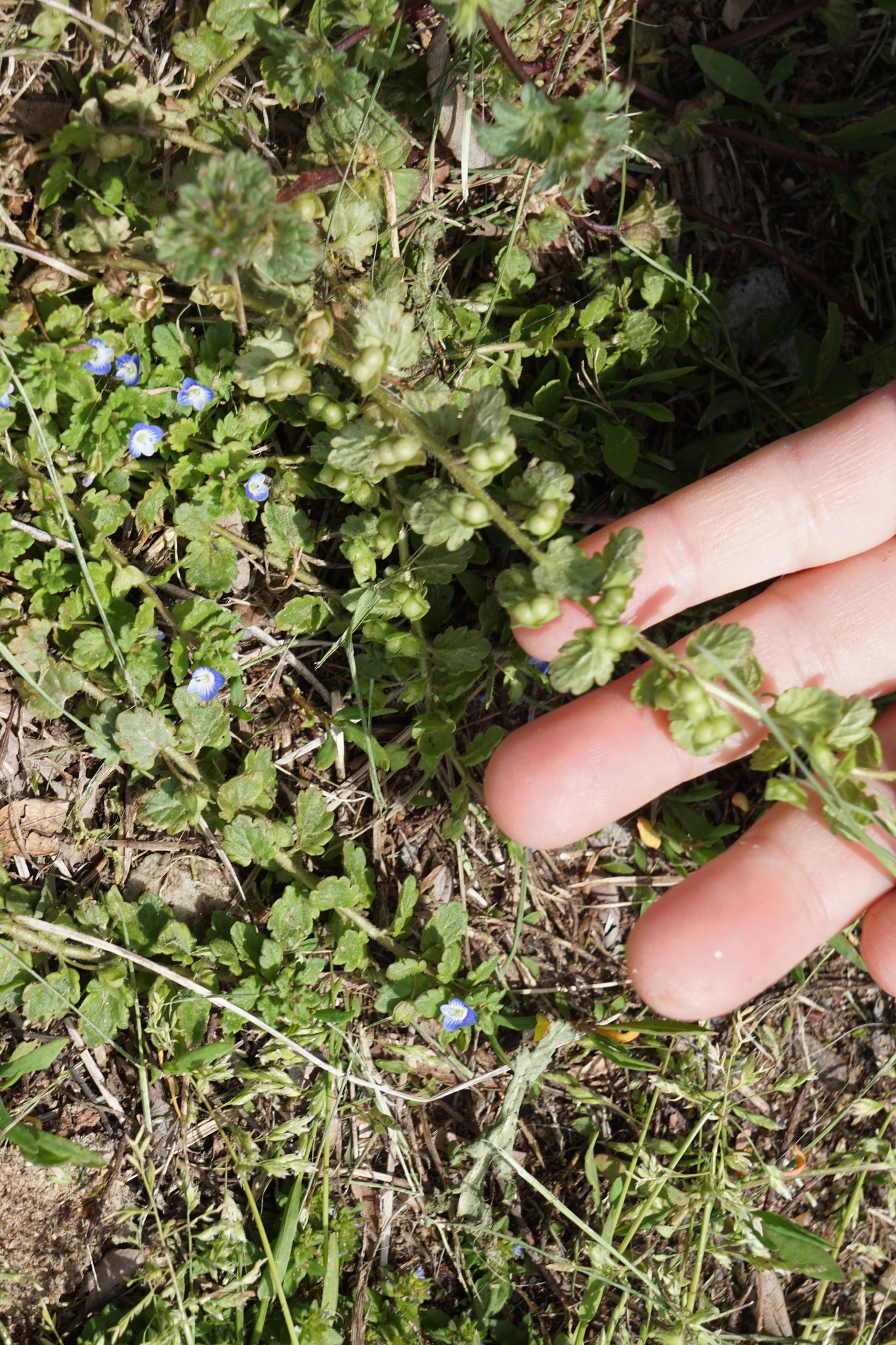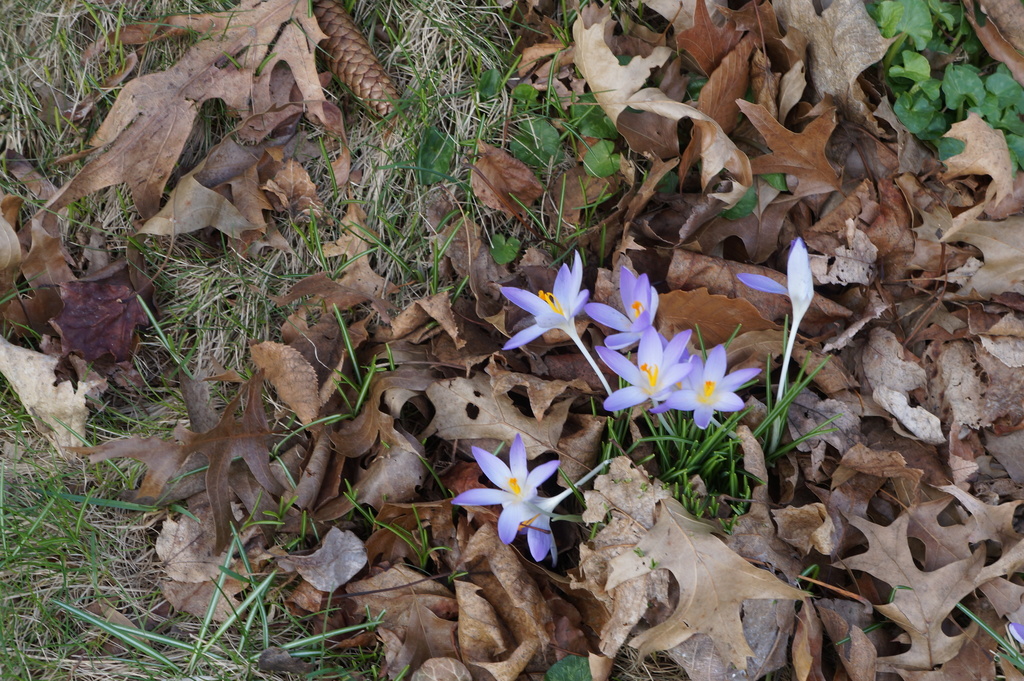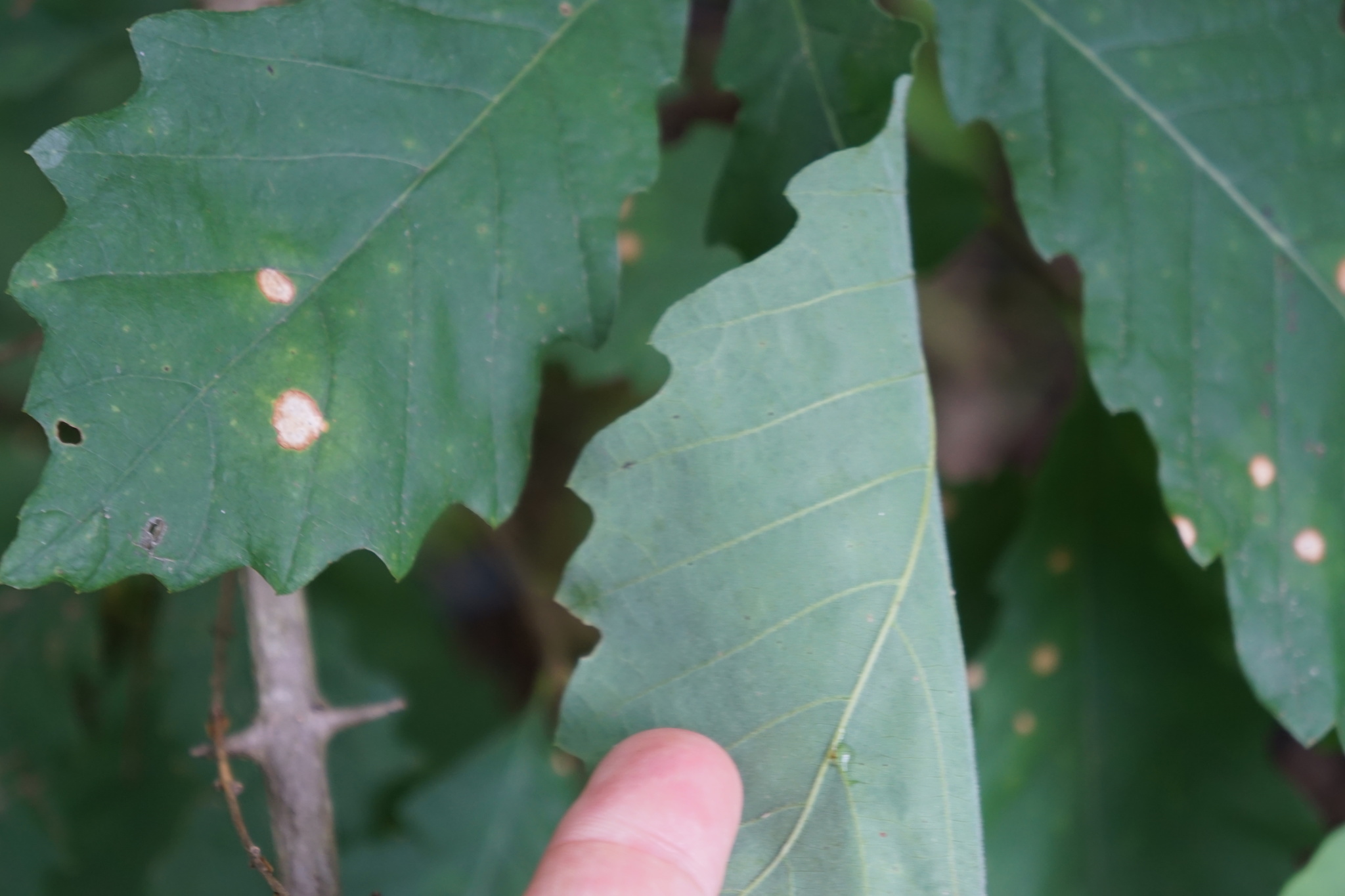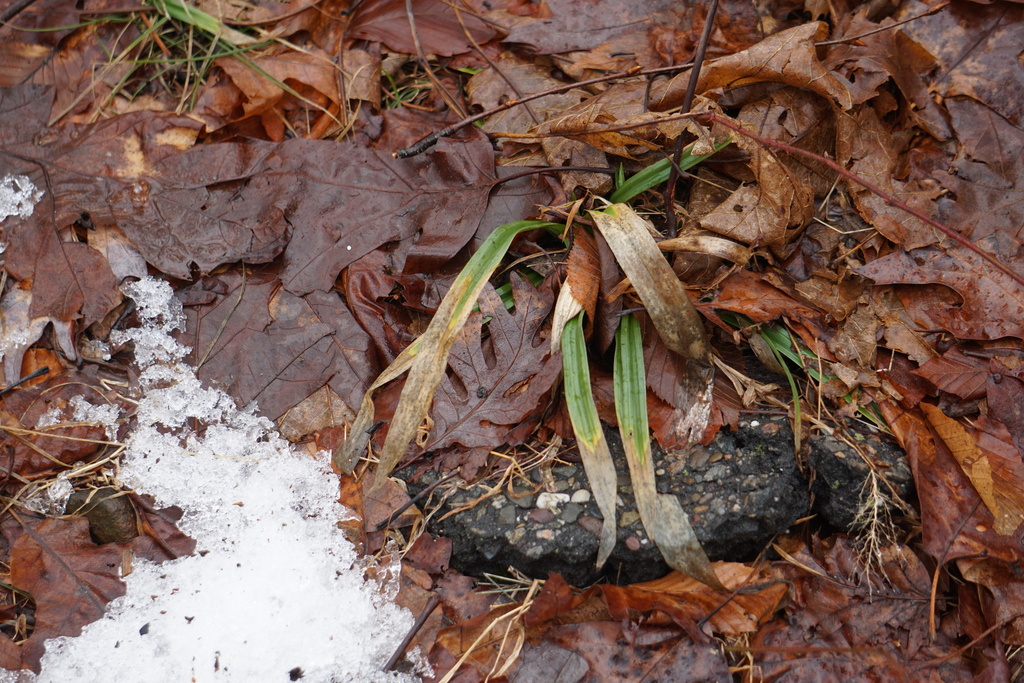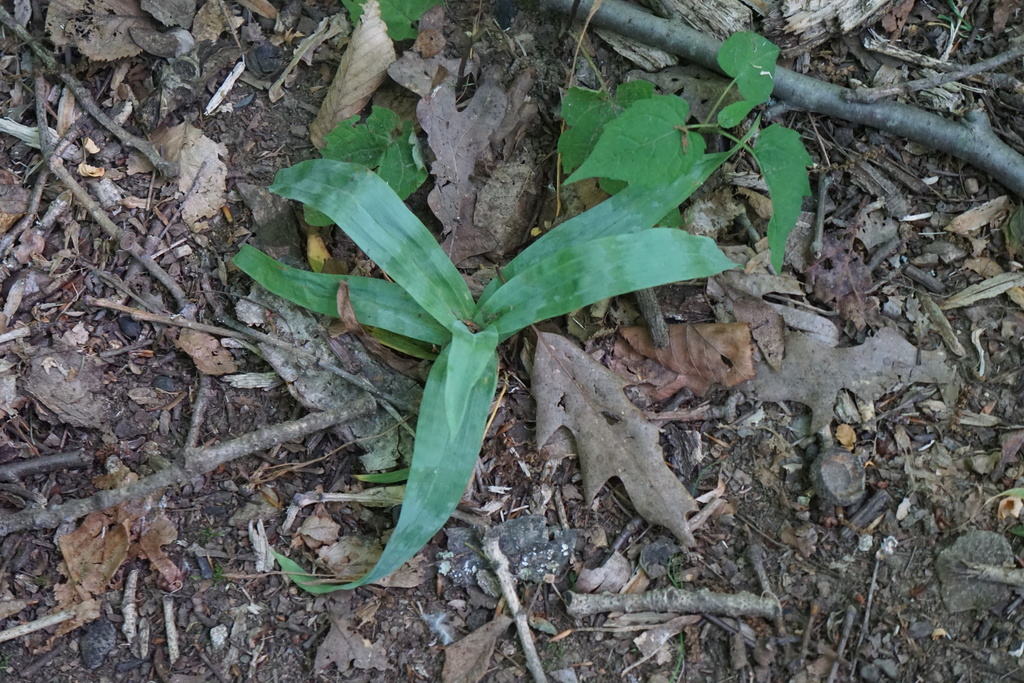Very similar to bird's eye speedwell (V. persica), also to ivy leaved (V. hederifolia) and pink ivy leaved (V. subulata) and gray field (V. polita) speedwells.
This species has small, round leaves and very long stems on flowers, much more than twice the length of leaves. Flowers are less than 1/2 inch across. leaves are very sparse.
The ivy-leaved speedwells have leaves wider than long with a very broad terminal lobe. The leaves overall are larger than these (more than 1/2 inch)
Bird's eye speedwell has flowers over 1/2 inch and leaves longer than wide with lots of teeth and over 1/2 inch.
Gray field speedwell has flowers smaller than leaves, leaves longer than wide, over 1/2 inch long and toothy, with flower stems shorter than leaves.
